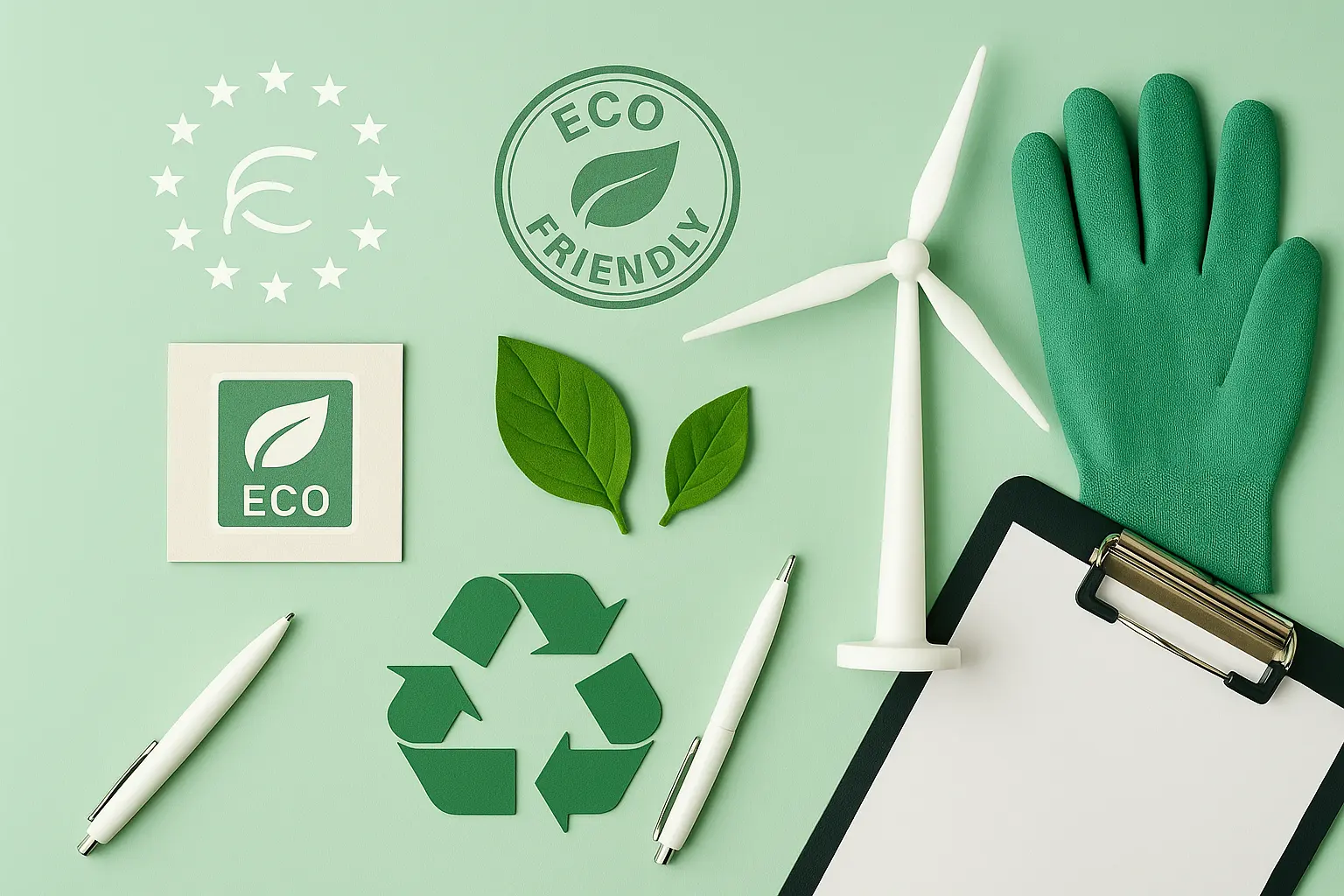Eco Leather Certification
The Eco Leather Certification is a critical step in ensuring that leather products meet stringent environmental and sustainability standards. This certification is essential for manufacturers, brands, and suppliers looking to demonstrate their commitment to sustainable practices and reduce the ecological footprint of leather production.
Leather, despite its rich history and versatility, has faced increasing scrutiny due to concerns about resource depletion, pollution, and animal welfare. The Eco Leather Certification addresses these challenges by providing a framework for assessing and certifying leather products that meet specific environmental criteria. This certification is not only beneficial for the environment but also enhances brand reputation and consumer trust.
The process involves rigorous testing at various stages of production, including raw material sourcing, processing, dyeing, finishing, and final product evaluation. Compliance with this certification ensures that all aspects of leather production are environmentally responsible, from reducing waste to minimizing water usage and chemical emissions.
Leather certified under this scheme is recognized for its durability and aesthetic qualities while also contributing positively to environmental sustainability. It helps in promoting circular economy principles by encouraging the use of renewable resources and sustainable practices throughout the supply chain.
Scope and Methodology
Scope:
- Evaluation of raw materials to ensure they are sourced responsibly.
- Assessment of the production process for minimizing environmental impact.
- Testing final products against stringent sustainability criteria.
| Test Parameters | Methodology | Aim |
|---|---|---|
| Water Usage and Waste Management | Measurement of water consumption during processing and waste treatment processes. | To ensure efficient use of resources and minimize pollution. |
| Emission Control | Monitoring of greenhouse gas emissions from production facilities. | To reduce the carbon footprint associated with leather manufacturing. |
| Chemical Compliance | Testing for compliance with international standards on chemical usage and wastewater discharge. | To ensure safe handling and disposal of chemicals used in processing. |
Methodology:
- Sampling and analysis according to ISO, ASTM, and EN standards.
- Evaluation by a panel of experts in sustainability and leather technology.
- Issuance of certification upon successful completion of all tests.
International Acceptance and Recognition
- The Eco Leather Certification is widely recognized by global regulatory bodies including the EU, USA, Canada, and Australia.
- Acknowledged in international standards such as ISO 14001 for environmental management systems.
- Listed on the websites of major certification bodies like BSCI (Better Work Conditions).
This certification is increasingly becoming a prerequisite for market access to several regions, ensuring that only products meeting high environmental standards are allowed into these markets. Countries like Germany and France have made it mandatory for certain categories of leather goods to carry this certification.
Environmental and Sustainability Contributions
- Reduction in water consumption by 30% through optimized processing techniques.
- Emission reductions by up to 45% achieved via improved chemical usage practices.
- Waste minimization by implementing recycling programs for leather scraps and residues.
The Eco Leather Certification not only helps in reducing the environmental impact of leather production but also plays a crucial role in educating stakeholders about sustainable practices. It encourages innovation in materials science, promoting the use of recycled leathers and alternative eco-friendly tanning methods.





